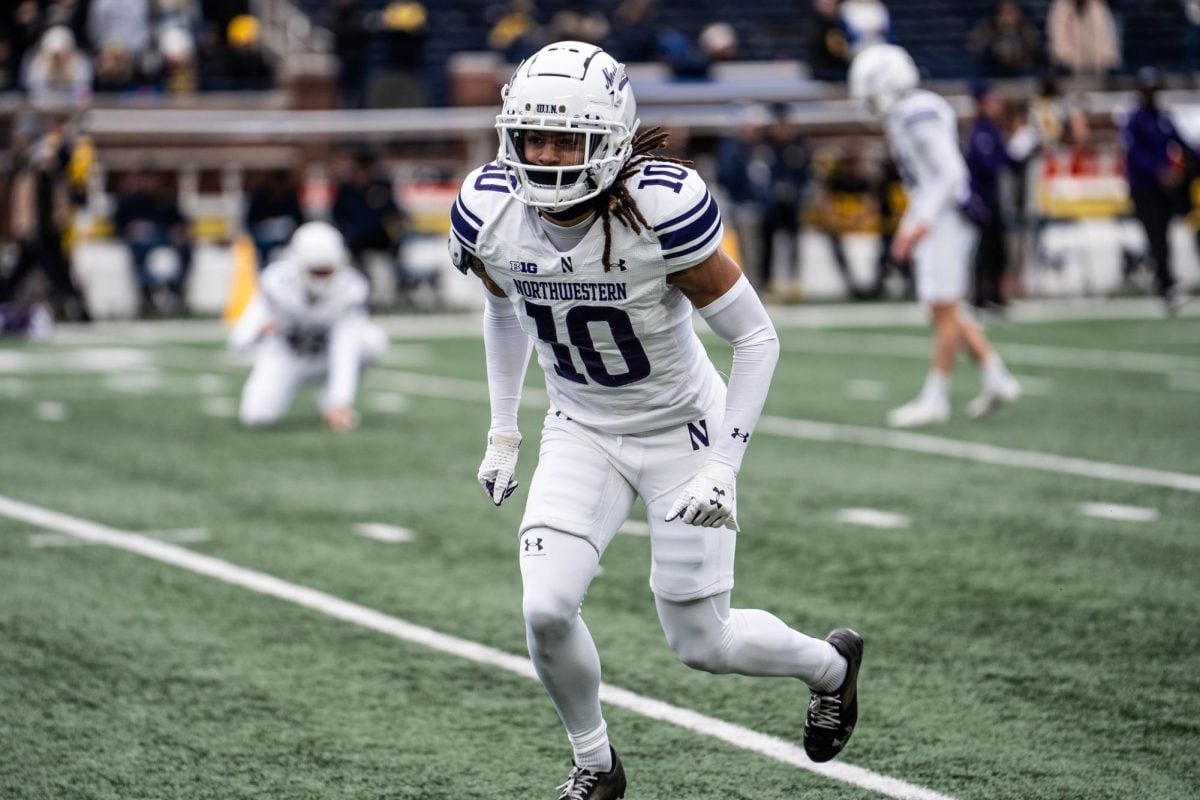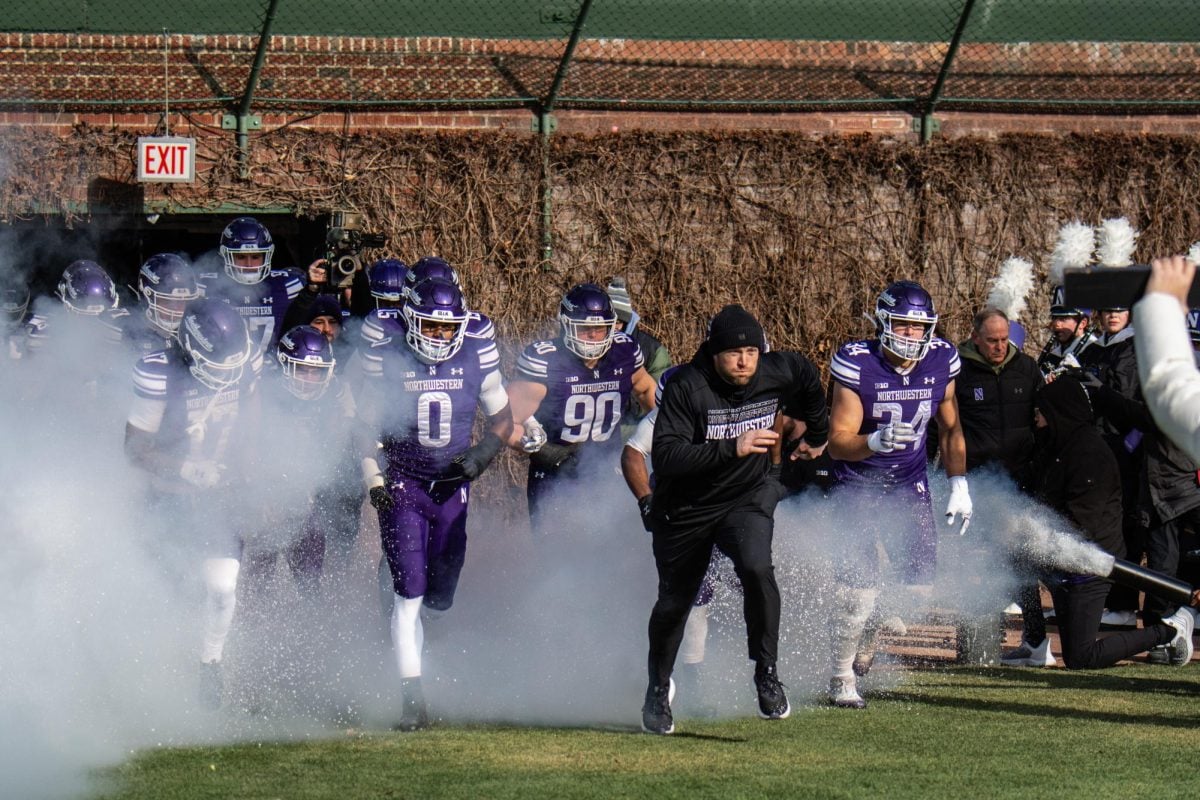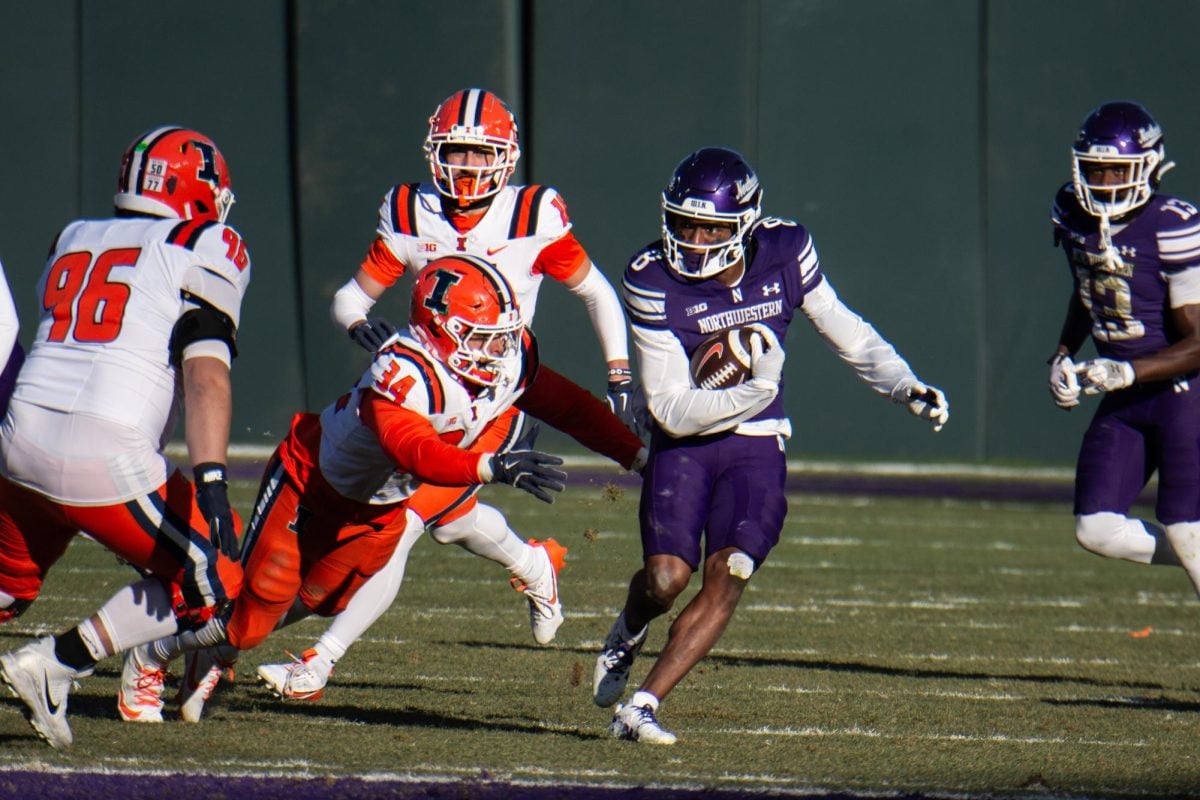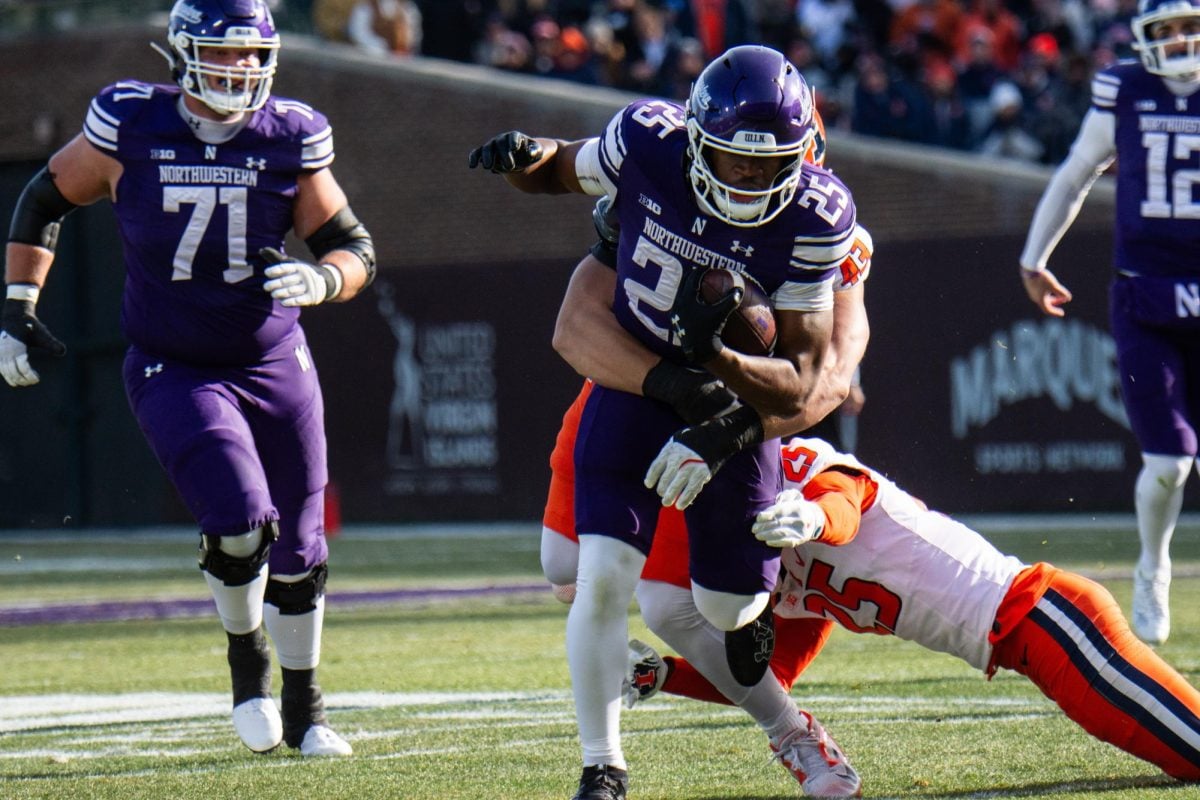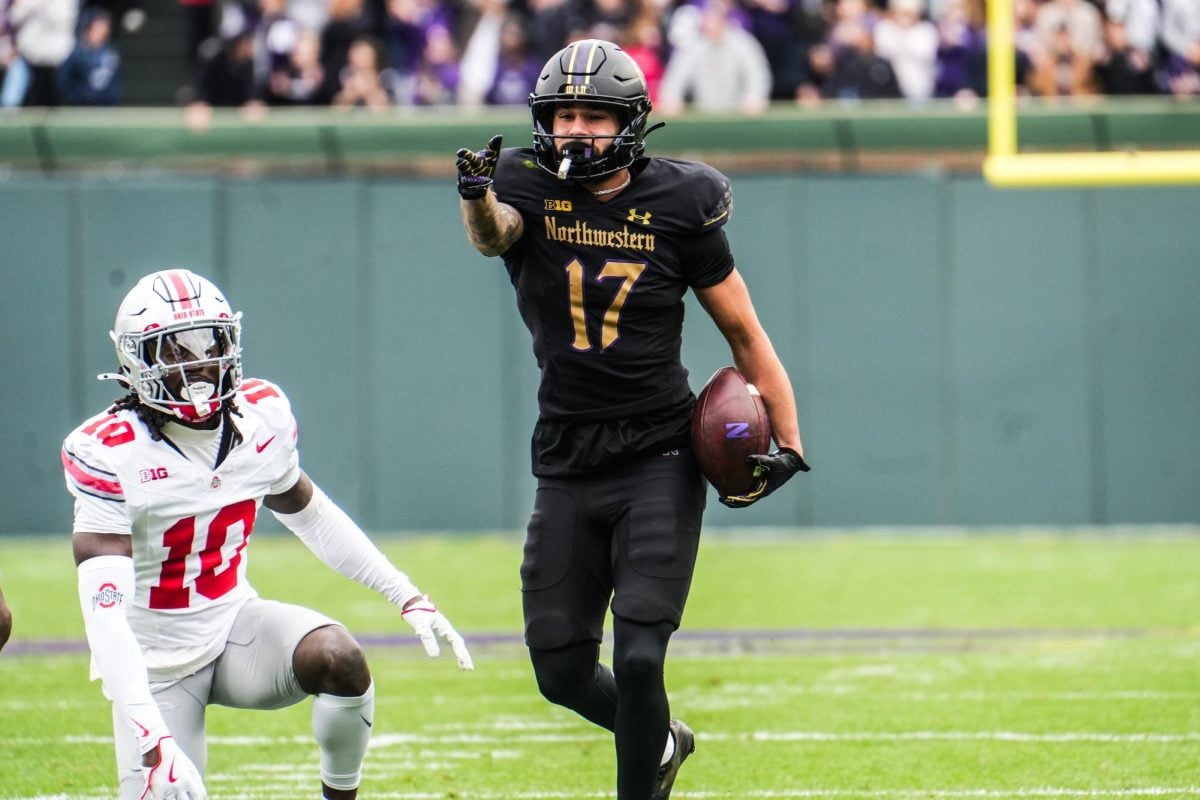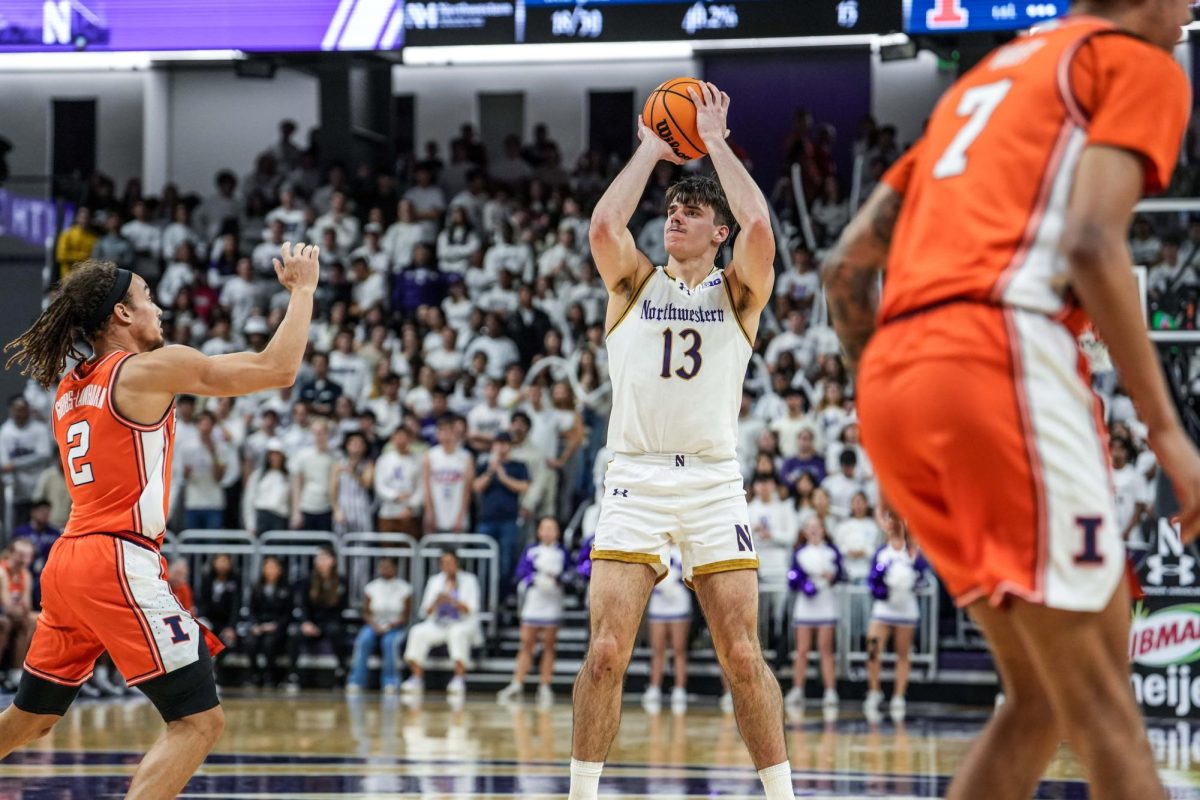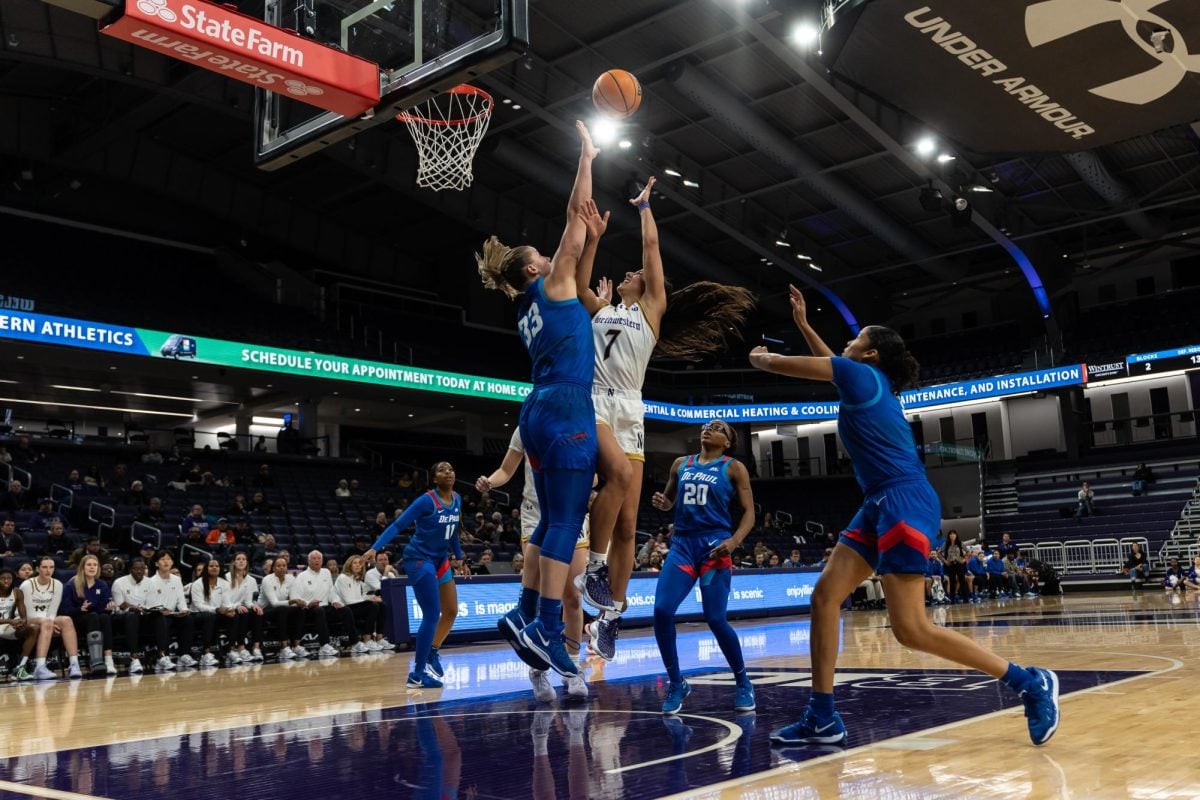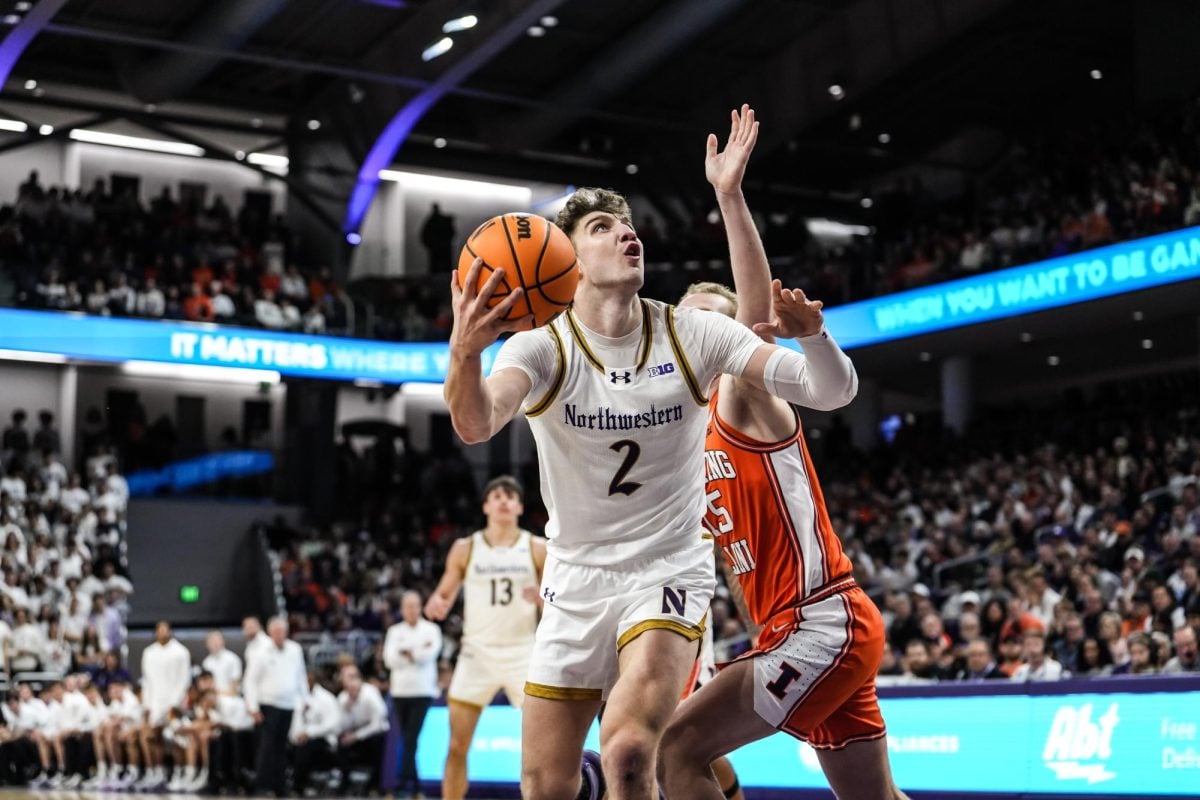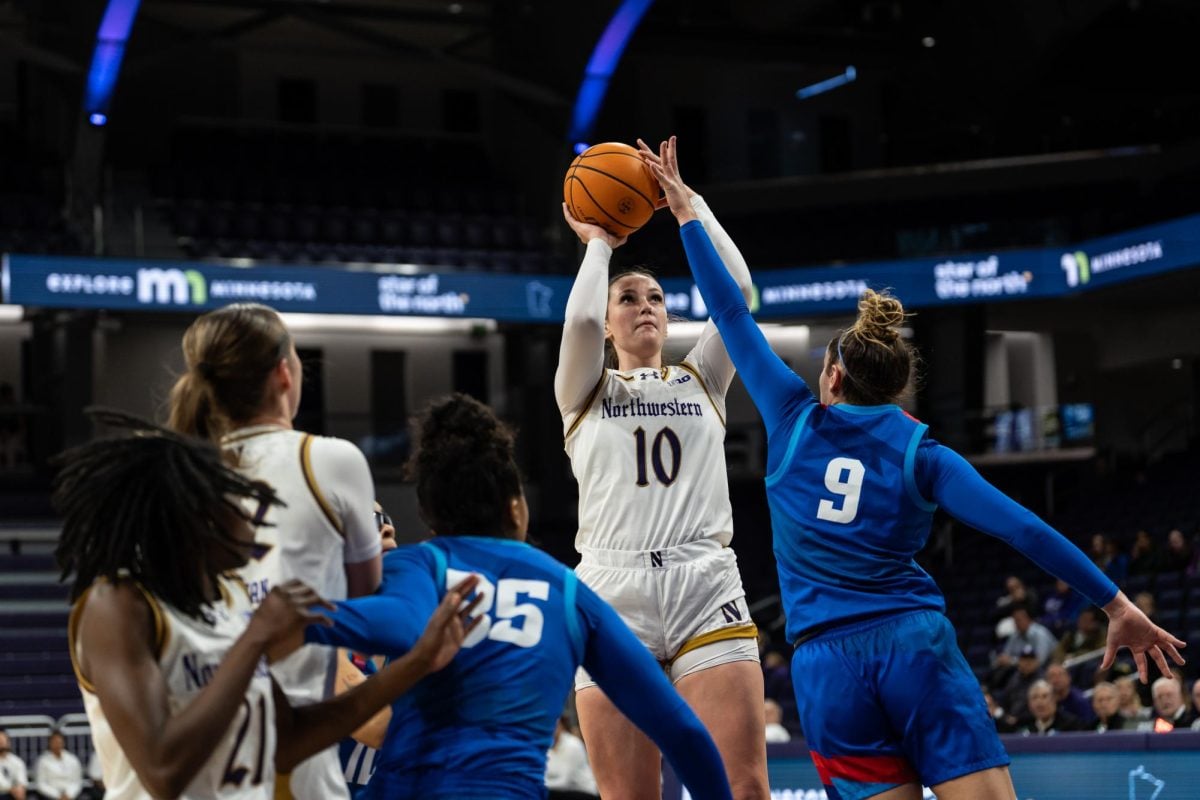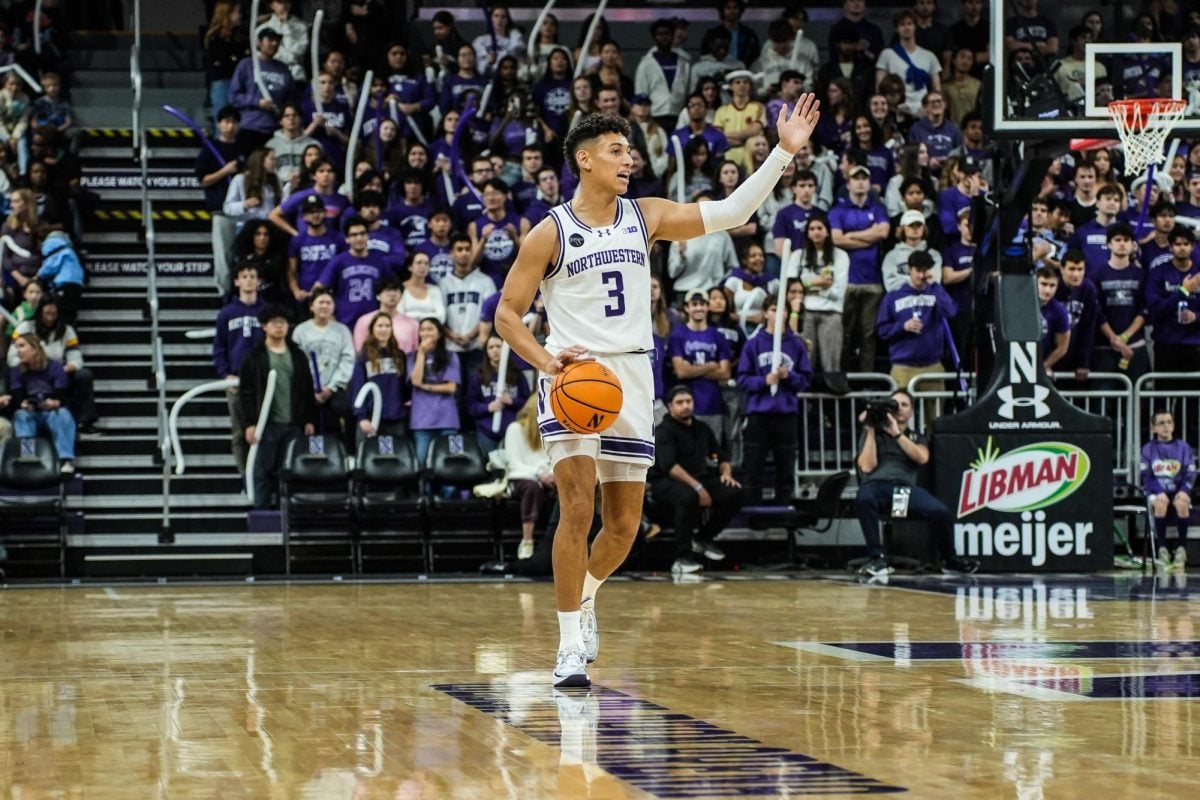When Ara Parseghian arrived in Evanston in 1956, there was only one way to describe the state of the Northwestern football program.
“It was a mess was the best way to describe it,” he said.
Such has been the case throughout much of NU’s football history, and with the Wildcats fresh off an 0-8-1 season, Parseghian faced a tough rebuilding process, especially considering this was his first “high-major” head coaching job when he came from Miami (Ohio).
“They had a situation where they had one guy who did recruiting and the coaching staff didn’t do much (recruiting),” he said. “What happens when you don’t win is the coaches are blaming the recruiters and the recruiters are blaming the coaches.”
However, despite the mess he inherited when he arrived in Evanston, Parseghian quickly turned the NU program around. His team went 4-4-1 in his first season, and after a winless second year, he had only one more losing season in his eight-year tenure at NU.
That included coaching six All-Americans and leading the 1962 team to a No. 1 ranking at one point en route to a 7-2 finish. The Cats have not been ranked at the top of the polls since that season.
“We were very fortunate,” Parseghian said. “Yeah, we did get the program turned around. We became a threat to anyone we played. We beat Ohio State three out of four years. We beat Oklahoma when Bud Wilkinson was there. We beat Notre Dame four years in a row. The last year or second-to-last year, the program was competitive where we could play with anyone in the conference.”
That success has been unmatched throughout much of NU’s history, with the exception of the school’s two Rose Bowl berths. Only now is the program starting to improve on a consistent basis, and Parseghian said he likes what he sees.
“They’ve got a terrific football coach in Pat Fitzgerald,” he said. “I’m very impressed with him.”
The college football landscape has changed drastically between Parseghian’s and Fitzgerald’s tenures. However, the challenges of coaching at a school like NU – much different from coaching at another Big Ten school – remain surprisingly similar.
Parseghian arrived to a school that was far behind its counterparts in athletics facilities – he called NU’s “primitive, almost” when he arrived – which compares to NU’s program today, as the school contemplates updating its outdated practice facilities, in addition to Ryan Field and Welsh-Ryan Arena. Both coaches had to deal with the effects of coaching at one of the top academic schools in the country, as well.
“It’s not an easy job when you take a highly endowed school that has high admission requirements, high costs and you’re playing in the Big Ten conference,” Parseghian said.
However, NCAA rules have given Fitzgerald’s teams a better chance to be competitive than Parseghian’s teams, particularly by placing an 85-scholarship limit on schools.
“I think they’re on a fairer playing field now that everybody can only have 85 certified players,” Parseghian said. “Back in those days there were no restrictions for state schools; they’d bring in huge numbers in their freshman classes.”
A gap in depth resulted, helping state schools get through the season much easier than NU.
“At Northwestern we would win our first five or six games and then we would get injuries and the drop-off was huge,” Parseghian said. “The traveling squad we could take on the road was 39. (Sometimes) we didn’t even have 39 guys on the team.”
After the 1963 season, Parseghian left NU for Notre Dame. It was another rebuilding project, as the Fighting Irish hadn’t had a winning season in five years – a long drought for a team with such a great history.
However, rebuilding at Notre Dame didn’t come with the same inherent disadvantages as the NU job did.
“Notre Dame is academically challenging as well for admission… but the recruiting parameters were coast-to-coast, North-to-South, East-to-West. Catholicism was involved; Catholic boys were interested whether they were from the West Coast or the East Coast. It gave me an opportunity to have depth where I never had depth at Northwestern.”
After 11 seasons in South Bend where he acquired a 95-17-4 record and two National Championships that helped land him in the College Football Hall of Fame, Parseghian retired from coaching. He went into broadcasting, which allowed him to “keep my hands in the game.”
In 1994, he started the Ara Parseghian Medical Research Foundation to help find a cure for Niemann-Pick Type C disease, which three of his grandchildren died from. The organization has raised $38 million and, as Parseghian puts it, “we started on our own one-foot-line because very little was known, but we’re past mid-field and down to the 40-yard-line.”
Although the work with his organization keeps him busy – he calls this fight “the most challenging part” of his career – Parseghian still finds time to follow college football.
“I’m a college football fan thorough-and-through,” he said. “Games start at 11 (a.m.) and don’t end until 11 (p.m.) and I’m right there watching them all.”
